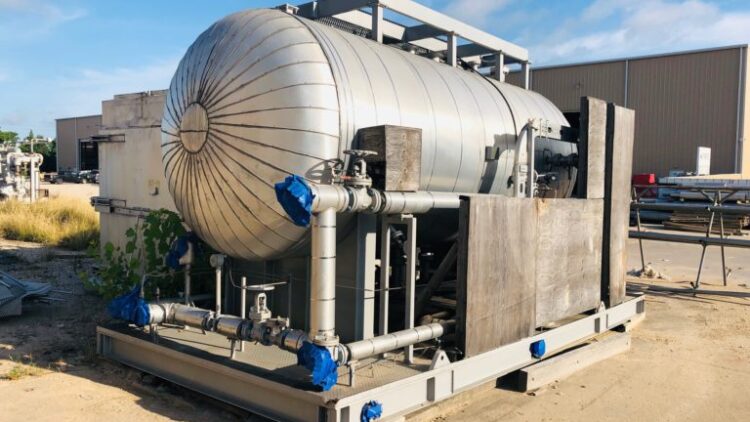Biomass Processing: A Major Breakthrough You Should Lookout For
Biomass, for those who don’t know, is an organic material directly from animals and plants. You’d be surprised to know that back in the 1800s, it was said to be the most crucial element for the U.S.A energy consumption. Though times have changed, biomass continues to be a major part of energy in many countries worldwide. It is being used extensively for cooking and heating, mostly in developing countries.
Biomass processing has made itself a crucial aspect in developed countries as it is being used for transportation and electricity generation. Now, you must be thinking, “what makes it an exceptional source of energy?” Well, the answer to that question is pretty simple and straightforward. You see, biomass acts like storage that contains chemical energy from the sun. Having such property in its arsenal makes it quite versatile, which is why it can be burned directly for heat or converted into gaseous fuels through a handful of processes.
Thermal conversion
This process involves heating the biomass to stabilize and dehydrate it. Feedstocks like lumber mills and paper scrap are often used in this process. Different types of energy are created from different methods.
Here are some biomass processing techniques you should know about:
– Pyrolysis
This is a heating biomass method at temperatures as high as 200 to 300 degrees Celsius and that too without oxygen. The motive is to keep it from combusting. The process produces a dark liquid called pyrolysis oil, syngas, and biochar. All three of these components can be used to produce energy.
Pyrolisis oil is related to tar, which can be combusted to create electricity.
Syngas is mostly converted into methane and a replacement for natural gas.
As the name suggests, Biochar is charcoal used in the agricultural industry. It helps to enrich the soil, acting as a repellent against pests.
– Direct firing
As the name suggests, it involves the burning of charcoal directly; the steam produced in this process is used to power up turbines, which helps in electricity production.
Speaking of energy, Naphtha Reformer is being used quite extensively to produce high-octane gasoline.
Biomass is often co-burned with fossil fuel. This process is pretty substantial as it eases the need for more coal, reducing the carbon footprint and other greenhouse gases.
– Gasification
Gasification is the only process through which biomass can be converted into energy directly. In this process, the biomass is heated at 700 degrees Celsius with a limited amount of oxygen. The heat leads to the breakdown of molecules, producing slag and Syngas.
Syngas is a combination of carbon monoxide and hydrogen for those who don’t know, which later gets cleaned off from sulfur, mercury, and other pollutants during gasification.
– Anaerobic decomposition
Anaerobic Decomposition is one of the most important and complex aspects of landfills and biomass processing. In this process, instead of oxygen, bacteria do the job of breaking down materials. It is where biomass is crushed and compressed, producing an anaerobic environment.
In this environment, the decaying process begins, which leads to the production of methane, a valuable energy source. It is expected that methane will replace fossil fuels in the coming times.
In the End
Being one of the most crucial aspects of energy production, biomass processing has made itself a topic. With such importance latched to it, companies like Sep-Pro Systems are doing their best to offer the world best-in-class and cost-effective solutions that provide nothing but accuracy and reliability.
We hope this article helped you understand the basic aspect of biomass. If you feel like you’ve learned something of value, do let us know.

